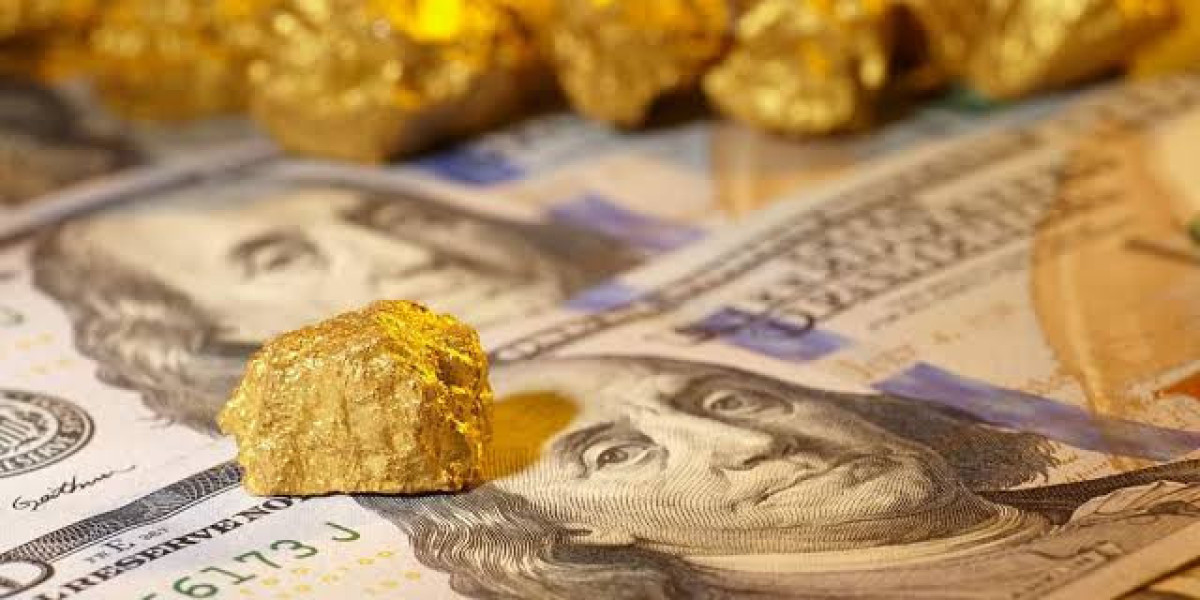(Kitco News) – Gold and silver have been rallying in the face of headwinds from rising yields and a stronger dollar, and the precious metals are being used as a hedge against a potential 'Red Sweep' in the upcoming U.S. elections, according to Ole Hansen, Head of Commodity Strategy at Saxo Bank.
In a new analysis published Tuesday, Hansen noted that gold, and more recently silver, are seeing significant breakouts, and the main drivers appear to be geopolitical.
“Over the past week, gold has surged to a new record near USD 2,740, marking a year-on-year increase of nearly 40%,” he wrote, while silver followed suit on Friday with a significant breakout to close above resistance at $32.50, marking a 50% year-on-year gain.
Hansen said that while the recent rally has exceeded expectations, several factors continue to support their upward trend.
“Key drivers of this bullish phase include concerns over fiscal instability, safe-haven demand, geopolitical tensions, de-dollarization driving strong demand from central banks, and uncertainties surrounding the US presidential election,” he said. “Additionally, rate cuts—by the Fed and other central banks—are reducing the cost of holding non-interest-bearing assets like gold and silver. This environment is already spurring renewed interest in gold-backed ETFs, particularly from Western asset managers who had been net sellers up until May 2024.”
And gold and silver have continued to climb despite rising yields and a stronger U.S. dollar. “Over the past week, the 10-year US Treasury yield rose by 17 basis points to 4.20%, while the Bloomberg Dollar Index gained 0.6%,” Hansen noted. “Meanwhile, the timing, pace and depth of future rate cuts has slowed, with Federal Reserve officials signalling a more cautious approach. Yet, gold and silver remain resilient, defying these typically negative market signals.”
“Besides continued worries about a further deterioration in the Middle East, we conclude that this strength is increasingly being seen as a hedge against a potential 'Red Sweep,' where one political party controls both the White House and Congress,” he wrote. “This scenario raises concerns about excessive government spending, pushing the debt-to-GDP ratio higher, while fueling inflation fears.”
Hansen said that investors are now turning to precious metals as protection even though expectations for lower rates and easier financial conditions are waning, and shared four charts that highlight this “exceptional divergence
“Rate cut expectations, as seen through the SOFR futures market, have seen hopes for another 50 basis points cut, followed by a total of 50 basis points at the following two meetings, cut in half so far,” he noted.
The second indication that something unusual is happening can be seen in one-year yields.
“Gold’s attractiveness as an alternative non-yielding investment tends to depend on the prevailing opportunity cost—i.e., the alternative income an investor would earn through a short-term investment in secure government bonds,” Hansen said. “In the last month, reduced rate cut expectations have driven up the return on a 12-month Treasury bill.”
The rise of yellow metal even as the dollar rallied is the third key divergence Hansen highlighted.
“Gold has risen despite recent USD strength, which has been supported by Middle East haven flows and strong US economic data, driving flows into American risk assets,” he noted.
And finally, the “year-long dislocation between gold and US 10-year yields has widened further this past month,” he said.
Hansen said that yields show “renewed strength amid worries the November election result may stoke concerns about looser fiscal policy, which may deepen the deficit and rekindle inflation.”
Gold prices began selling off during the European trading session, and the move was magnified following the North American market open, with the spot price sliding to a session low of $2,708.75 at 11:22 am EDT. Spot gold last traded at $2,718.33 for a loss of 1.11% on the session.








